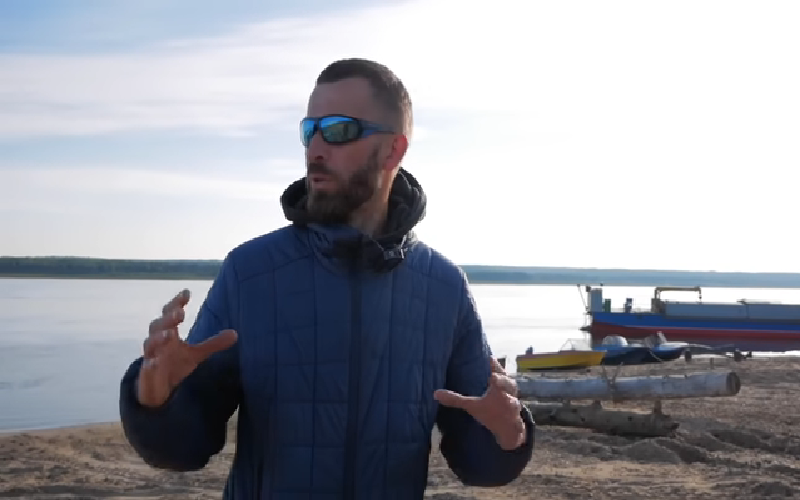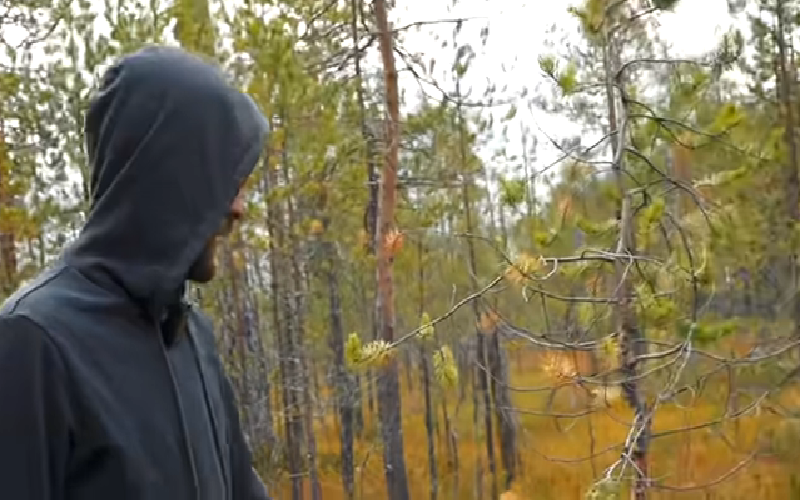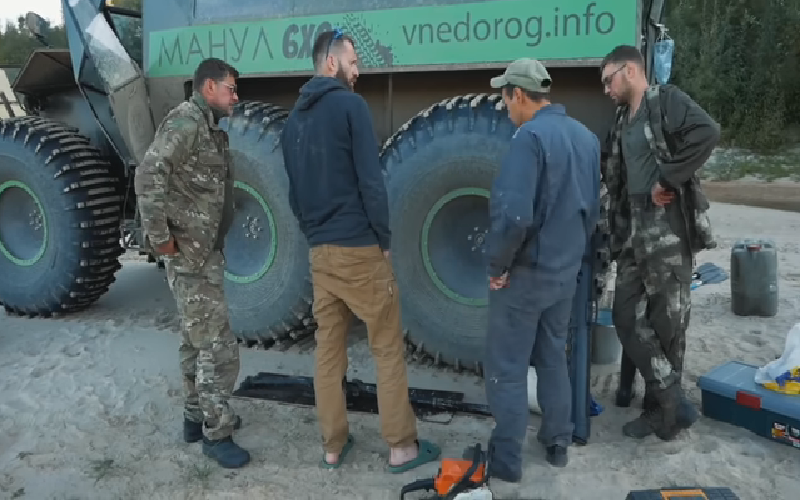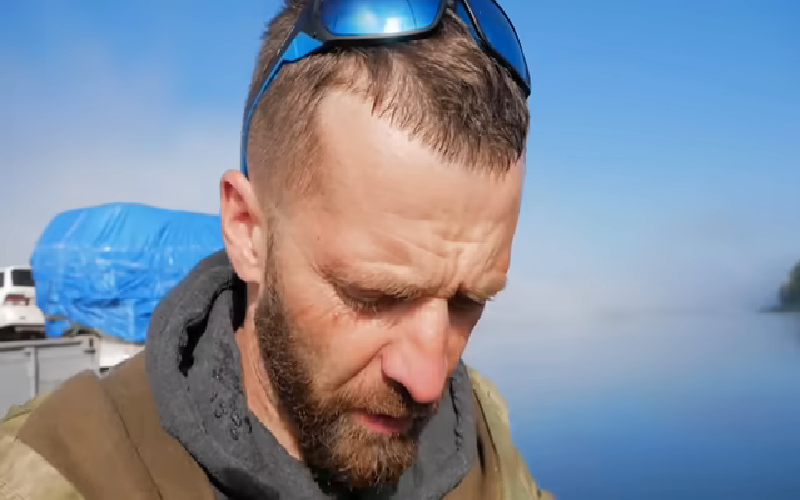Good afternoon!
Much is written about the fact that the villages in Russia are dying. And, indeed, in order to destroy the village, since 1917, a lot of things have been done.
Well, these villages are tenacious!
To begin with, hard workers, literate and diligent owners were «dispossessed», calling them exploiters, and carried out «collectivization».
Through blood, pain and hunger, the village survived. And somehow learned to exist in a collective form of management.
Then the Great Patriotic War mowed down all the workers.
Then there was an «enlargement» when people were driven away from their homes for centuries. By the way, in the area where I live, in the Altai foothills, many villages ceased to exist as a result of “enlargement”. And these were not necessarily villages with 2-3 houses. Sometimes these were villages with a population of several hundred people.
Then the collective farms-state farms disintegrated, and people again began to «kulakize», that is, to become farmers. But it was so hard! After all, weaned for decades …
And finally, the last trick, which should have already driven people off the ground for sure. So that the villagers would have no hospitals, no schools, no libraries. So that there is no work at all. It’s called «Optimization». Oh, a very effective receiver! Smaller villages died, although they fought for life to the last.
I was recently in one of these villages — in the homeland of my father-in-law. This is what is left of the once large village, where life was in full swing back in the nineties, and in the early 2000s it was already fading away …
A dead village in the Kulunda steppe. Photo from personal archive. A dead village in the Kulunda steppe. Photo from personal archive. There is also an obelisk in honor of the fallen soldiers. And the names are still being read by everyone … There is also an obelisk in honor of the fallen soldiers. And the names are still read by everyone … The former building of the office of a large collective farm … There are no forests in the steppes, so they built either from reeds and clay, or from bricks. The former building of the office of a large collective farm … There are no forests in the steppes, so they built either from reeds and clay, or from bricks.
And my village survived
Probably because it is — though small, but — a district center. And well located. Although they strangled the village very diligently, so that for sure …
As it was…
When my family moved to this village in the early eighties, there was a large butter and cheese factory, a brick factory, an inter-collective farm construction organization, a large enterprise for the repair of agricultural machinery, a large grain collection point, a road construction trust, a millionaire collective farm was fattening …
By the end of the eighties, there were 5 (!) kindergartens and nurseries in the village, 1200 children studied at the school. To arrange a child in a kindergarten, we wrote an application immediately after the birth of the baby — places were in great demand in kindergartens … For every young specialist — whether a teacher, an engineer, a doctor. There was a real hunt going on.
How did it become
Then collective farms, including ours, were ordered to live long. And instead of it, a limited liability partnership is now barely gurgling. There was no construction organization and an enterprise for the repair of equipment, a brick factory. A million times they went bankrupt and passed from hand to hand the butter and cheese factory … From a powerful enterprise operating around the clock, it turned into some kind of private shop. Convicts work there in the settlement — this is so as not to pay local workers a normal salary.
Kindergartens were closed, except for two — there were no children. There are 400 people left in the school. Teachers (especially young ones, of course) were made redundant at the beginning of the 2000s.
We live, however
Maternal capital nevertheless spurred the birth rate, and we opened a new kindergarten two years ago. The school already has over 600 students.
Farmers fledged, got stronger. They built beautiful houses.
The program to provide housing for young families is also working well for us.
The new head of the village administration is trying to participate in all kinds of programs and take care of the village. Restored lighting on the streets (so far on the central ones). Slowly getting…
Work is still bad. The grain receiving point has turned into an agricultural holding, in the village there is the only large enterprise for the production of cereals. Since the enterprise is the only one, the attitude towards employees is as follows: you will work for the money you pay (and the salaries are small, they constantly come up with fines). Don’t like it — out of the gate! Tomorrow, three new ones will come to your place to ask. And, indeed, they ask, they go from neighboring, smaller villages.
But people somehow adapt and live! Entrepreneurs are still mostly merchants. But cafes have already appeared in the village, and sushi
can be ordered at home, and pancakes. A karaoke cafe is planned to open.
A stadium is being built in the center of the village…
So my village, in spite of everyone, is still alive and even started to be built again.
See photo:
This is a house being completed by a young family with three children who received 2,000,000 rubles under the state program. This is a house being completed by a young family with three children who received 2,000,000 rubles under the state program. This house has already been completed. It was also built by a family with three children, and also using money from the state program. This house has already been completed. It was also built by a family with three children, and also using money from the state program. Village house. Village house. The alley leading to the school and the school are in the background. The alley leading to the school and the school are in the background. School stadium. Deserted — because morning and self-isolation. It’s usually very busy here before dark. School stadium. Deserted — because morning and self-isolation. It’s usually very busy here before dark. On a village street. On a village street. House of one of the farmers. By «farm» standards — very modest. House of one of the farmers. By «farm» standards — very modest. Teacher’s house Teacher’s house Village church. Village church. Monument to the heroes of the Great Patriotic War. On the huge plates to the right and left of the monument are the names of the dead and missing villagers. Many, many columns, embossed in small print … Monument to the heroes of the Great Patriotic War. On the huge plates to the right and left of the monument are the names of the dead and missing villagers. Many, many columns, embossed in small print … And this is my house. And this is my house. On the huge plates to the right and left of the monument are the names of the dead and missing villagers. Many, many columns, embossed in small print … Monument to the heroes of the Great Patriotic War. On the huge plates to the right and left of the monument are the names of the dead and missing villagers. Many, many columns, embossed in small print … And this is my house. And this is my house. On the huge plates to the right and left of the monument are the names of the dead and missing villagers. Many, many columns, embossed in small print … Monument to the heroes of the Great Patriotic War. On the huge plates to the right and left of the monument are the names of the dead and missing villagers. Many, many columns, embossed in small print … And this is my house. And this is my house.
So, the village does not want to die, it rests …




